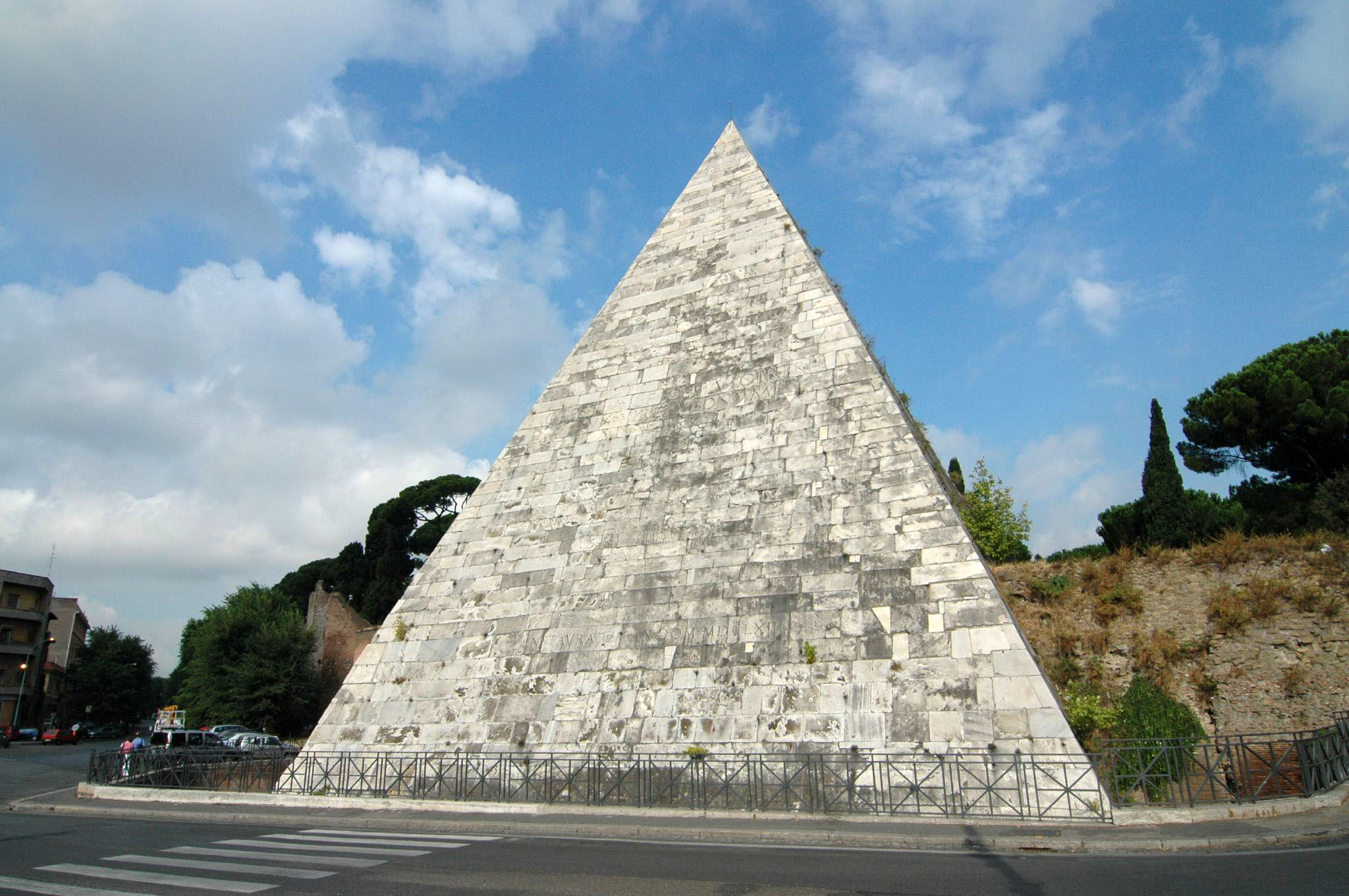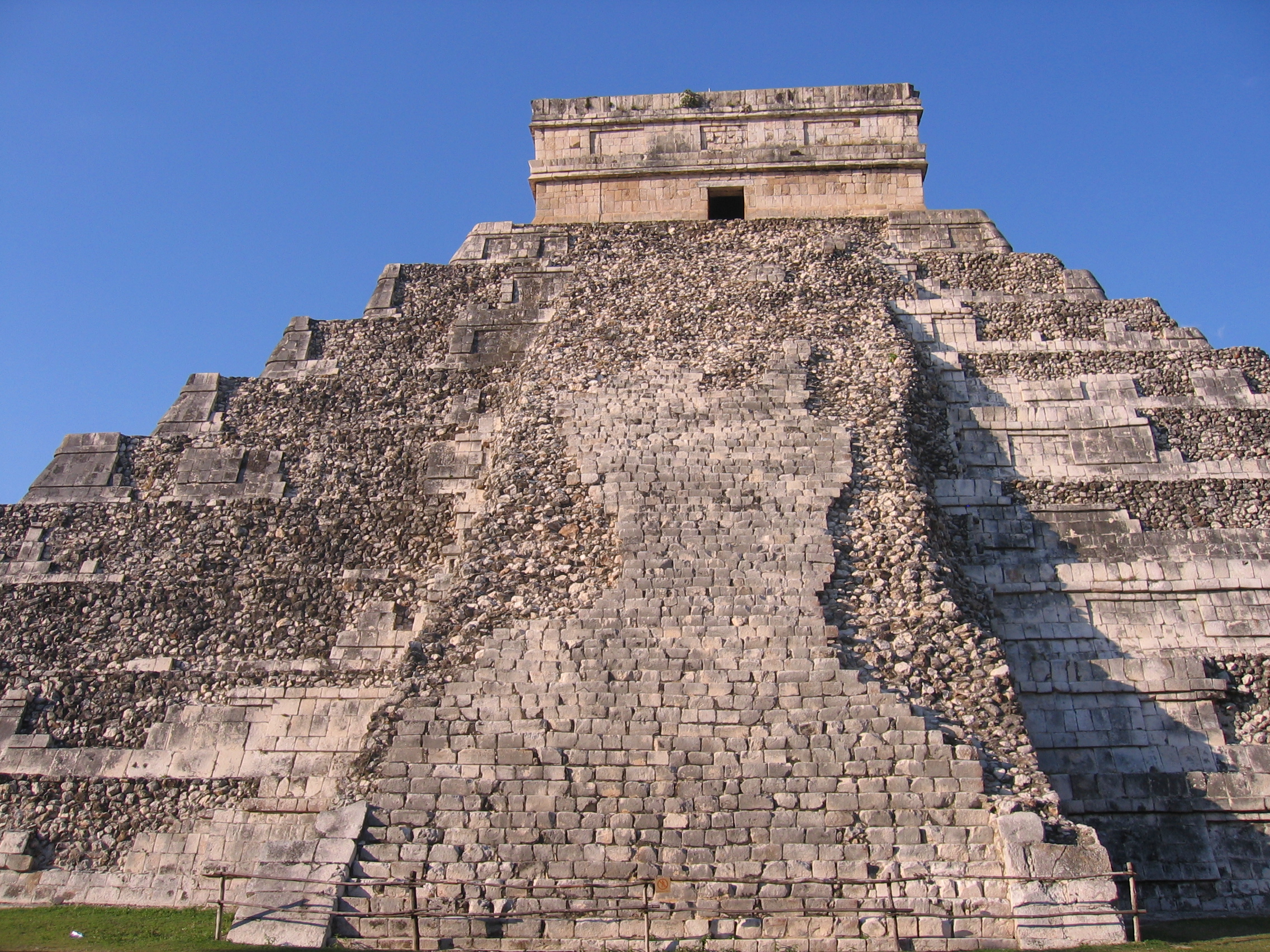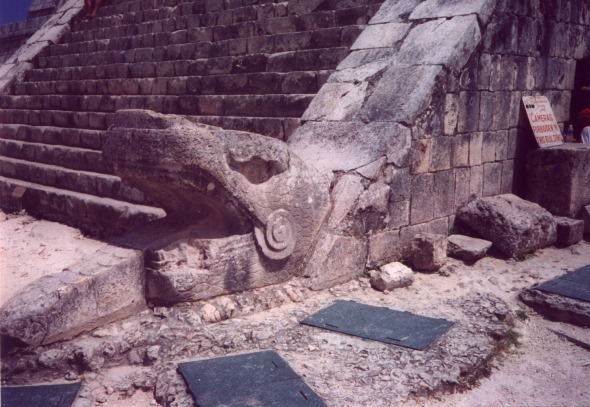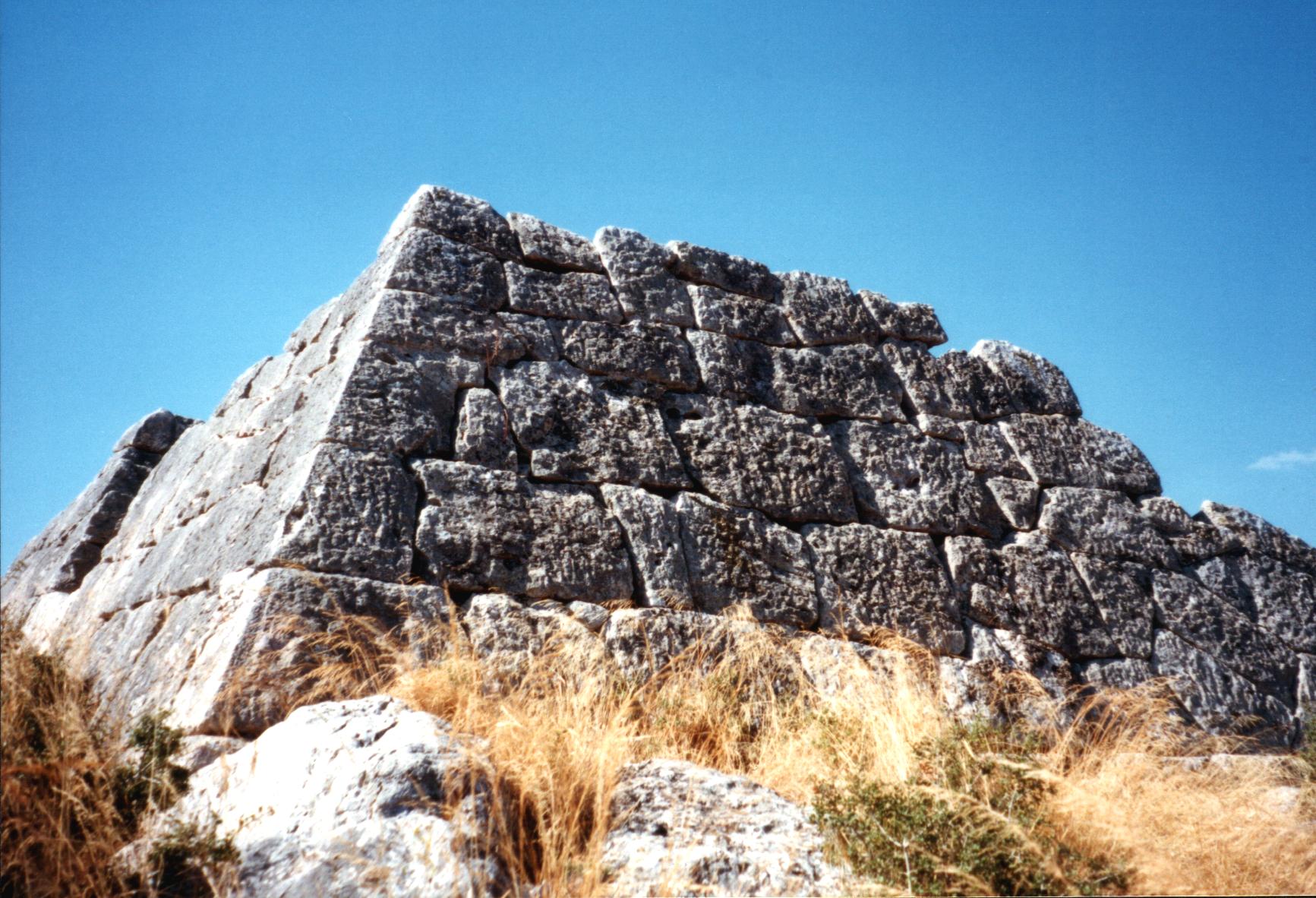For centuries, men have given their lives to construct the pyramids. Tools were fashioned out of human bone, mortar was made by human feet stomping water, earth, and straw, and movement of massive stones was usually in the way of slaves and woolly mammoths.
These structures have stood the test of time, as well as war and social movements. The architecture is unworldly and sometimes bizarre, yet they still remain the world's most interesting and spectacular marvels.
The Pyramids of Giza

One of those inspiring structures is the Pyramid of Giza which is still standing 2nd Century BC. "Callimachus of Cyrene, Chief Librarian of the Alexandria Mouseion, wrote "A Collection of Wonders around the World." According to the original list, the Pyramid of Giza was one of the first added to the list.
Nubian Pyramids

For hundreds of years, pyramids were constructed to serve as tombs for the kings and queens of Napata and Meroë. The first of these was at el-Kurru, including the tombs of King Kashta and his son Piye (Piankhi), together with Piye's successors Shabaka, Shabataka, and Tanwetamani. Fourteen pyramids were constructed for their queens, several of whom were prominent warriors.
The most extensive Nubian pyramid site is at Meroë, where during the Meroitic period over forty queens and kings were buried there.
The Pyramid of the Sun
The Pyramid of the Sun is the largest building in Teotihuacán and one of the largest in Mesoamerica. The pyramid is situated along the Avenue of the Dead, in between the Pyramid of the Moon and the Ciudadela, and in the shadow of the massive mountain Cerro Gordo.
The Aztecs visited Teotihuacán centuries after it was abandoned and named the pyramid at this time. The first phase of construction was around 100 A.D. What resulted from the initial construction is what we still see today, however the second phase of construction saw the formation of an alter top which has not survived the times.
The Pyramid of Cestius

The Pyramid of Cestius is pyramid located in Rome, Italy It stands between Via Ostiensis and Via della Marmorata and remains one of Romes most well maintained and preserved structures.
The Temple of Kukulkan

Feathered Serpent, bottom of "El Castillo" staircase

The Temple of Kukulkan, often referred to as "El Castillo" is the typical Mesoamerican step pyramid with stairways up each of the 4 sides to the temple on top. During the Spring and Autumn equinox, shadows cast images of serpents slithering around with the movement of the heavens.
El Castillo is quite fascinating in that it contains a sort of puzzle box. With each layer , there lies another temple, pyramids, and secret passageways. During the 1930's, the Mexican government excavated a tunnel from the base of the north staircase, up the earlier pyramid’s stairway to the hidden temple, and opened it to tourists. In 2006, INAH closed the throne room to the public.
Pyramid of Helliniko

In Argolid Greece, there lies the Pyramid of Helliniko which doesn't have a voice. Little is known about it's history. Although remarks made by Pausanias indicates that the stucture has great value.
Chichen Itza
 One of the most recognizable of pyramids is located at the site of Chichen Itza located in the northern center of the Yucatán Peninsula, in the Yucatán state, present-day Mexico. The architecture is diverse, combining the use of Mayan styles and contemporary interpretations. This may have in fact been the result of a divide is societies.
One of the most recognizable of pyramids is located at the site of Chichen Itza located in the northern center of the Yucatán Peninsula, in the Yucatán state, present-day Mexico. The architecture is diverse, combining the use of Mayan styles and contemporary interpretations. This may have in fact been the result of a divide is societies.Great Ziggurat Pyramid
Also check out:
- 13 Wonders of the World
- The Ancient Digger: Macrophotography of Massive Cave Art
- Struck Gold! Bizarre Find in the "Land of the God"
- Underground Archeology: Rock Cut Architecture in the Depths of the Earth
- The World's Most Famous Archaeological Underworld
References
- All pictures compliments of Wikipedia
- Perseus Project
- Explore the ziggurat of Ur,The Ziggurat of Ur, The British Museum
- Trudy Ring, Robert M. Salkin, Sharon La Boda. International Dictionary of Historic Places.
ISBN 1884964036. Page 719. - Step Pyramids










4 Comments:
Fascinating. I already knew about some of the pyramids in Egypt and South American, but nothing about the others. I'm going to look up a couple of them to find out more.
I'm surprised to hear mammoth's being used to build the pyramids. I always assumed they only lived in cold snowy climates.
Great pics, really.
(Although I fear the concept of Mammoths assisting in pyramid-construction is not correct although the movie 10,000 BC seemed to think it was) :)
Hi John and Ken
Although it does seem odd that the mammoths would be carrying stones, however research has shown that previous ancestors, a type of mammoth, were found in warmer climates. Strange as that may seem, but geologists of the time believed the fossils of mammoths pointed to a once warmer climate in Siberia and several other countries.
I've visited the pyramids of Chichen Itza and it was an amazing experience. They steps are so narrow you have to turn your feet sideways to make it up to the top. The other pyramids you referenced are all on my list of "Places to visit before I croak". Thank you for the pictures!
Post a Comment
We appreciate comments, but we delete SPAM.